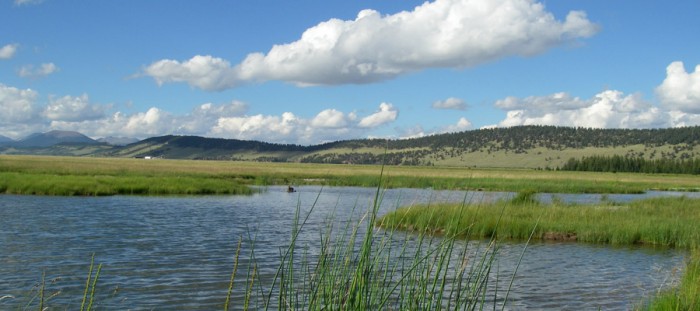This post comes from Mike Sprague of FSC affiliate Trout Headwaters. If you live in the Chesapeake Bay watershed, please tell us your thoughts on the implementation of the Bay TMDL and the use of nutrient trading to achieve that.
A recent article in the Washington Posts highlights a wedge that is growing between environmental groups working to clean-up the Chesapeake Bay. Environmental groups are clashing over the inclusion of nutrient trading in the EPA’s comprehensive plan to reduce pollution in the bay. Threats of lawsuits and pulled funding could derail the plan.
The Washington Post reports about the plan, “If it unravels because of a legal challenge, or lack of support from the states charged with implementing the cleanup, it might take 10 years to draft another plan to stop millions of tons of pollution from flowing into the bay, according to the [Chesapeake Bay] foundation.”
Under a nutrient trading program, farmers who exceed pollution reduction goals set by the EPA would receive credits they could sell to corporations such as coal-fired power plants that fail to reach their own reduction goals.
In theory, the program would help farmers pay for expensive crop covers and buffers to soak up rain. Storm runoff from farms is a major problem because it carries nitrogen from fertilizers and phosphorus from animal waste into streams and rivers that flow to the bay.
Riverkeeper group members and others say that nutrient trading is a shell game that will allow more pollution to creep into the bay. They say that because of lax farm regulations in bay watershed states — Virginia, Maryland, West Virginia, Pennsylvania, Delaware and New York — the EPA would have no sure way of knowing whether farmers have met pollution reduction goals.
The most ardent backers of the EPA’s aggressive new pollution diet — the Choose Clean Water Coalition of 230 groups, the Chesapeake Bay Foundation and the Natural Resources Defense Council — view the pollution diet as the Chesapeake’s last hope.
Such a splinter argument between environmental groups could be a major threat to years of limited progress in the bay clean-up effort.
You can read the full story at the Washington Post.

